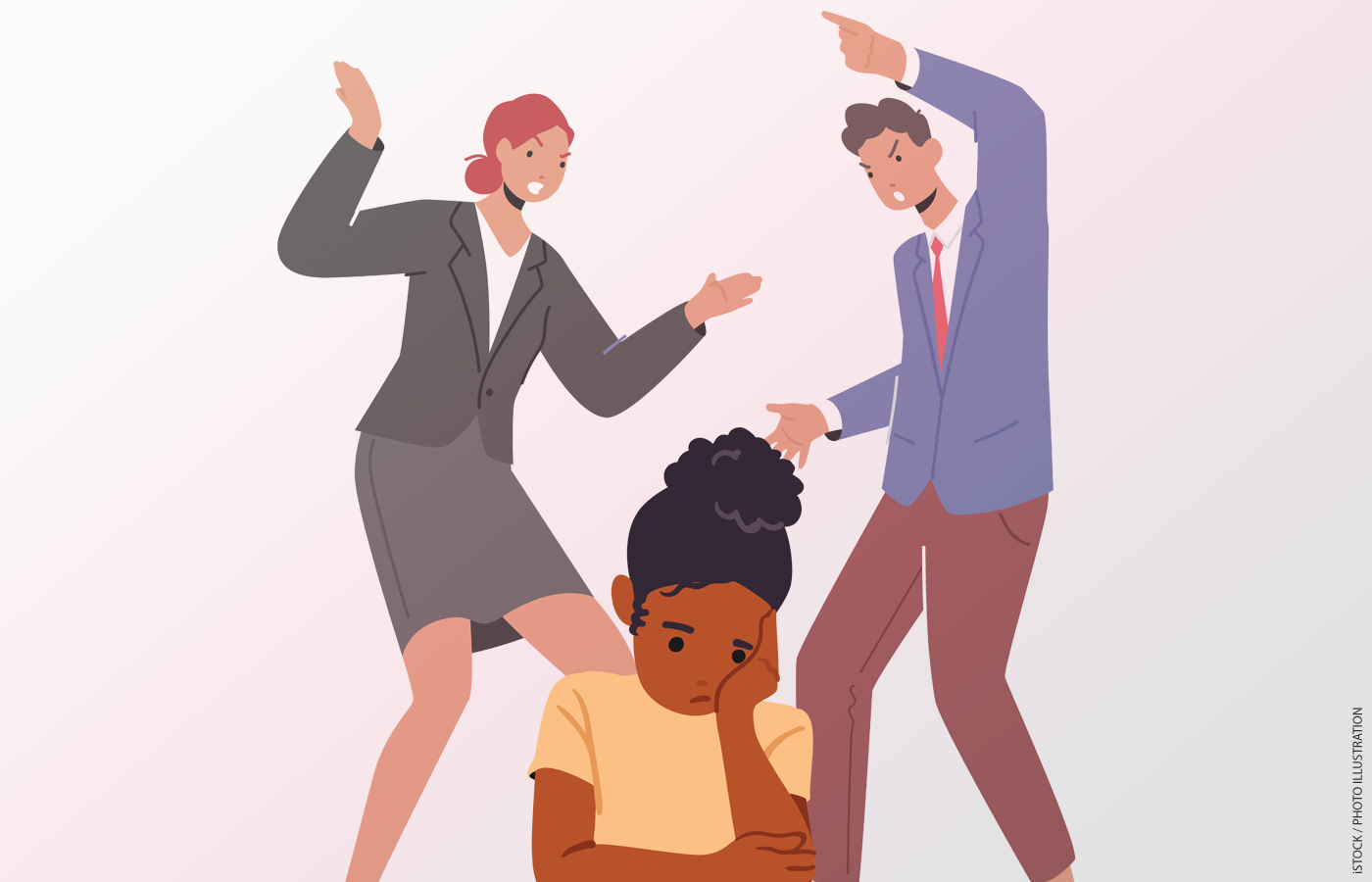
Darryl Adams, then-superintendent of the Coachella Valley Unified School District in Southern California, received an unexpected letter in November 2013. The correspondence was signed by the legal director of Arab American Anti-Discrimination Committee (ADC), and the topic was the mascot of the district’s lone high school—the “Arab.”
The image of the mascot featured a cartoon face of a bearded man with a pronounced hook nose wearing a traditional Middle Eastern head-covering. “All of these are examples of gross stereotyping, which must not be tolerated, and must immediately be addressed,” the letter demanded. “ADC strongly believes the use of the word and such imagery perpetuates demeaning stereotypes of Arabs and Arab Americans. The ‘Arab’ mascot image is a harmful form of ethnic stereotyping which should be eliminated.”
To be accused of racism came as a surprise to Adams, to say the least. The superintendent was an African American man who had grown up in the deep South, reported to a majority-minority school board, and oversaw education for an overwhelmingly Latino student population. The “Arab” mascot was selected in 1921 as an honorific—to pay homage to the Middle East as the original source of the date palm, one of the major agricultural crops first grown in the region. For the next 90 years, it never occurred to anyone that it might be offensive. The ADC said the group understood this history but nevertheless expected action: “[I]n the 21st Century, such justifications for these actions are no longer tolerable.”
The controversy attracted national and even international attention—with prominent coverage in outlets including Al Jazeera and Buzzfeed. Graduates of the high school rallied behind their beloved mascot. The issue would come to occupy months of Adams’s time, involving shuttle diplomacy to work out a compromise that both sides could live with. Eventually, they would settle on a new “Mighty Arab.”
“It was a good lesson for the kids, for the adults, for the community,” Adams recalled a decade later.
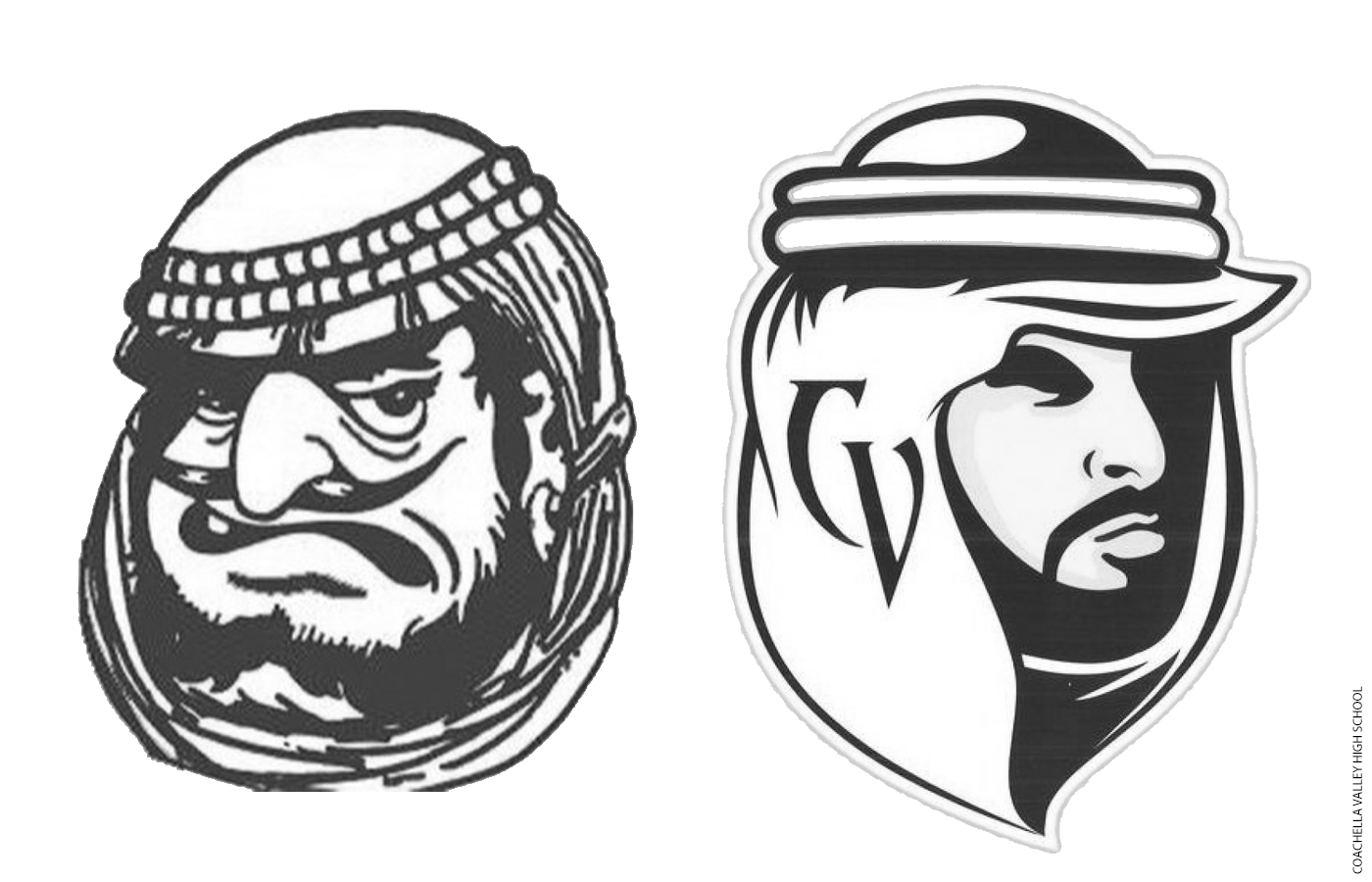
But it is interesting to think about what Adams may have spent that time on instead. After all, school district administrators are busy, and their time is one of the scarcest resources in public education. Every minute spent negotiating a new high school mascot is a minute that could be invested on improving instruction or revising curriculum with the goal of delivering a better education in the classroom.
The question of opportunity costs—and unintended consequences—rarely comes up in debates over school mascots or other education culture wars more generally. But it’s one we should ask more often.
Consider what happened in the Dover Area School District, located in southern Pennsylvania. In 2004, the Dover school board majority adopted a change to the district’s high school biology curriculum to include a statement describing “intelligent design” as an alternative theory to evolution and adopted the controversial intelligent design textbook, Of Pandas and People, as a reference text. The decision would lead to a federal court case that would be nicknamed the “Dover Panda Trial”—a spoof of the famous “Scopes Monkey Trial” over evolution that took place in Tennessee a century earlier.
The litigation became a circus—even Bruce Springsteen mentioned the case during a live performance—and turned tiny Dover into a center of media attention, fueling deep political divisions within the community.
The school district would go on to lose the case and be ordered to pay the plaintiffs’ legal costs. (They generously asked for only $1 million, half of the actual expense, but a significant sum for a small school district with an annual budget of less than $40 million at the time.) Amidst the controversy, voters booted out the anti-evolution incumbents, bringing in a slate of new board members, who immediately fired the superintendent, a man they accused of enabling the previous board majority, and other top administrators, plunging the district deeper into chaos.
“It was a huge distraction,” Christina Kauffman, who covered the case for the York Dispatch, explained. “In terms of the kids, their educational experience was out there for the entire world. It wasn’t just the media coverage of it, it was the fact that the adults—the ones who were supposed to know what was going on—the adults were fighting. And much like a child growing up in a household where people are fighting, it’s not conducive to learning.”
It turns out that Kauffman’s intuition is supported by the data—local conflicts focused on the most divisive cultural and political issues of the day really do come at the expense of student learning, a warning for adult activists who are often in the drivers’ seat of these battles.
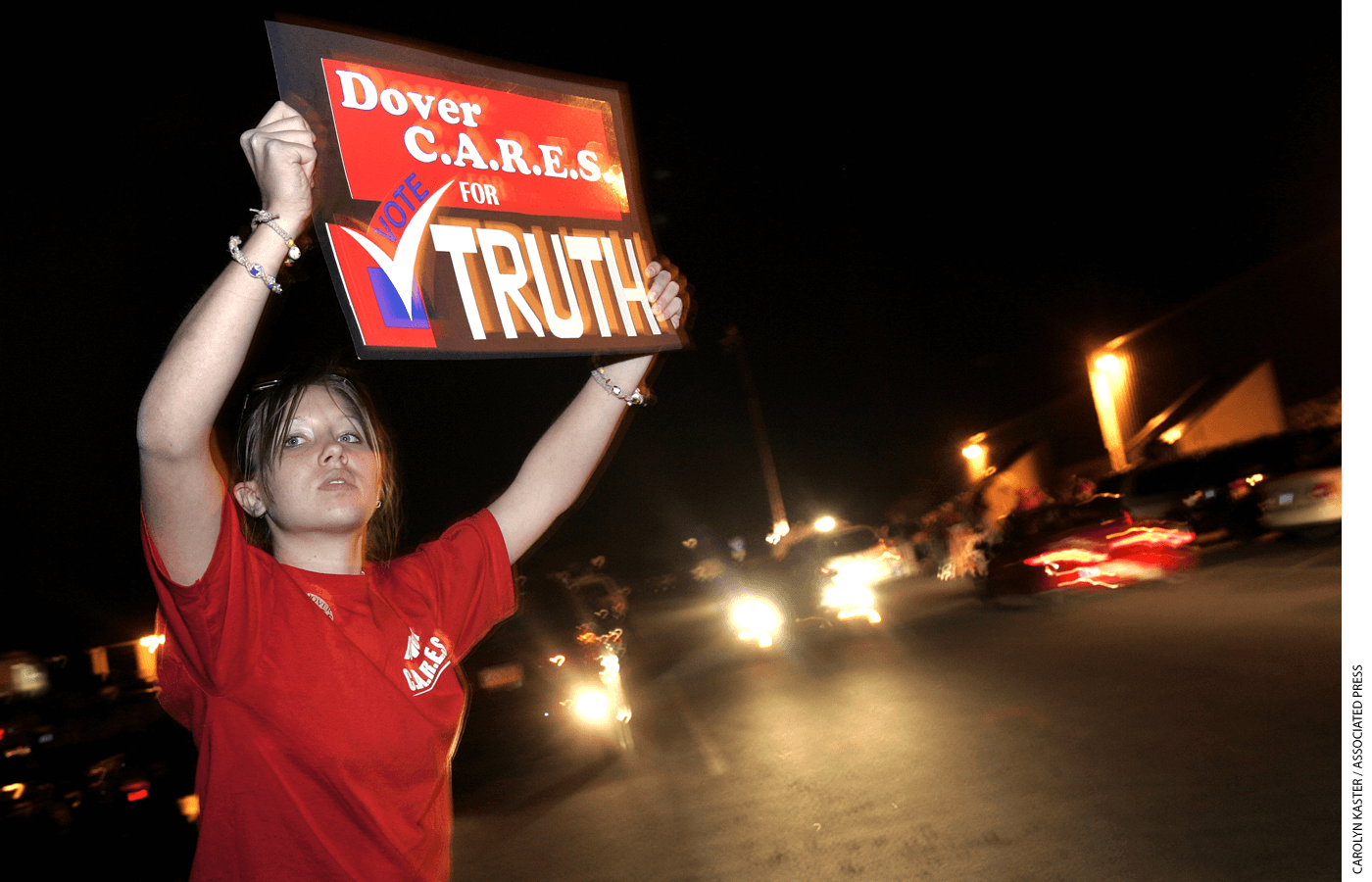
Public School Battles, Mapped
To examine how the kinds of controversies that paralyzed Coachella Valley and Dover schools affect academic achievement, I combined information from the Cato Institute’s Public Schooling Battle Map with test score data from the Stanford Election Data Archive.
Cato’s catalogue is limited to sufficiently high-profile controversies that attract media attention and misses many smaller conflicts in districts with less media coverage. It is thus useful to think of the “treatment” that causes a district to enter the Cato dataset as a bundle that includes both the event as well as the media attention that follows.
The number and types of controversies that plague local school districts is surprising, as a few examples help illustrate. One, for example, involved an Ohio district where middle school students sang “Cotton Needs Pickin” at the fall concert, to the outrage of many African American parents in the audience. Another was the tragic case from a Southern California district that disciplined students who skipped school to attend an immigration reform rally. One of these students, apparently traumatized by his punishment, ended up taking his own life, prompting a high-profile lawsuit from his family.
Many others involve controversial school mascots—in particular, the “Redskins,” a popular team name that fell out of favor in recent years. Some controversies deal with free speech questions, often involving school-uniform or dress-code infractions.
Critically, the Cato sample includes controversies initiated by activists from both sides of the ideological spectrum.
An obvious challenge is that such events are unlikely to be random. For example, larger districts located in the core of their newspaper circulation area or television media market are more likely to see a run-of-the-mill, small-scale conflict escalate after attracting press coverage.
To isolate the effect of the controversies tracked by Cato from the types of districts most likely to create them, I leverage variation in the precise timing of each event, comparing changes in student achievement over time—before vs. after—to a set of school districts that never appear in the Cato dataset, a variant of the “difference-in-differences” quasi-experimental design often used in education policy evaluations.
Overall, I find that student achievement declines in the years after a local political controversy, with the effects concentrated in math and in elementary and lower middle school grades. The impacts are not huge, translating to about 10 days of learning in a typical 180-day school year, but they are meaningful (see Figure 1).
Although there is some evidence of pre-existing downward trends in districts that become the focus of political conflicts, a variety of robustness checks—including comparing only districts that experience controversies in different years and modern statistical models that adjust for pre-trends—suggest that the declines are real.
Interestingly, most types of controversies have little if any effect on student learning. This is also true for controversies surrounding instructional curriculum and those related to reading materials, suggesting that transition costs related to changes in pedagogy or teaching materials are unlikely to be driving the overall findings. Instead, large negative effects appear only for two types of controversies: those dealing with the teaching of evolution and disputes surrounding race, which generated declines of almost 1.5 months of learning in mathematics and somewhat smaller but still meaningful declines in reading. In addition, there are smaller but statistically significant declines following controversies dealing with freedom of expression—the most frequent type of conflict in the Cato dataset.
Culture War Conflicts Lead to Lower Test Scores (Figure 1)
Student achievement in math and, to a smaller degree, English language arts declines in the years following a local political controversy. The decline is most pronounced in math, with scores starting to dip the year after the event and remaining low for at least four years.
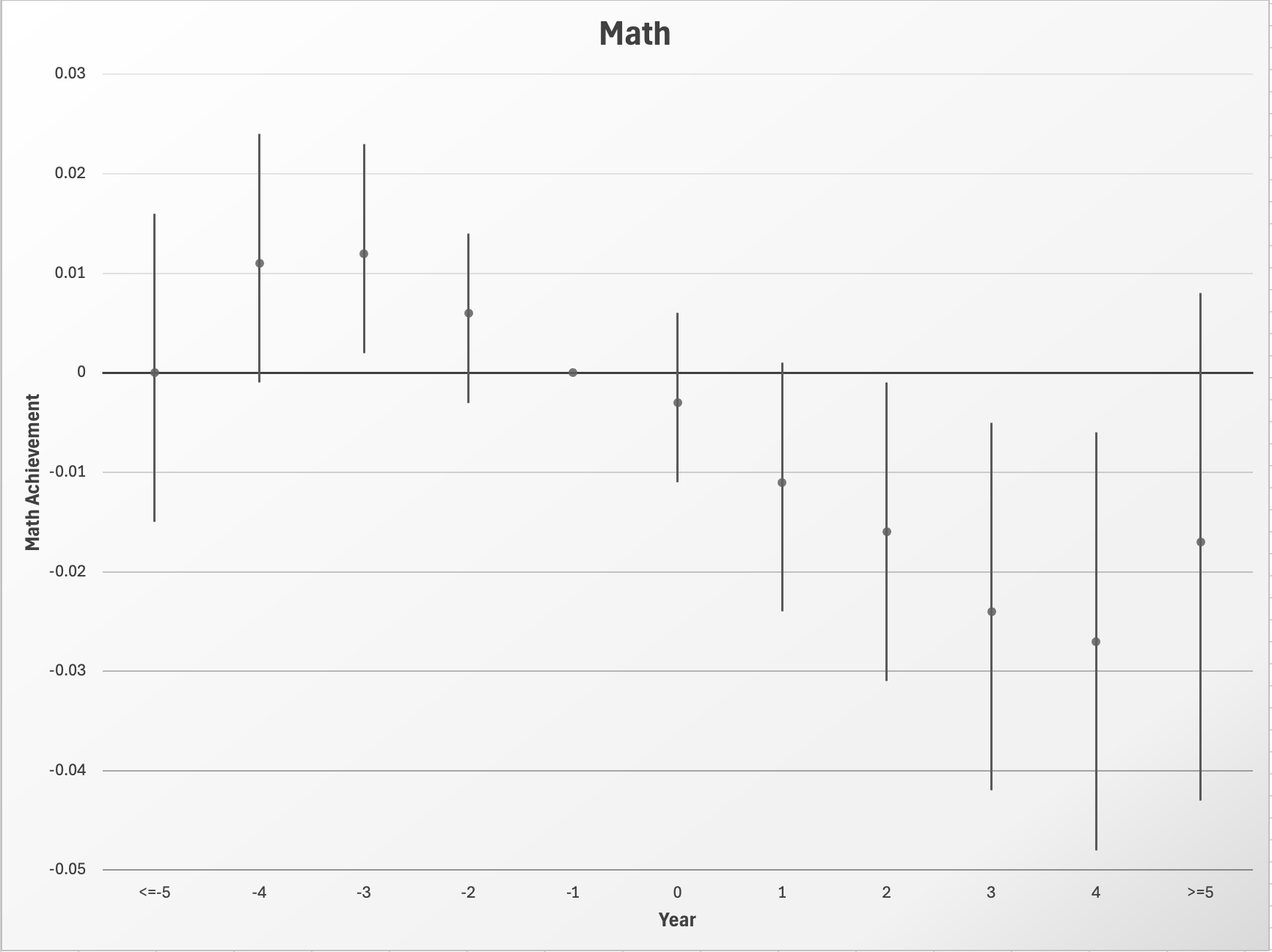
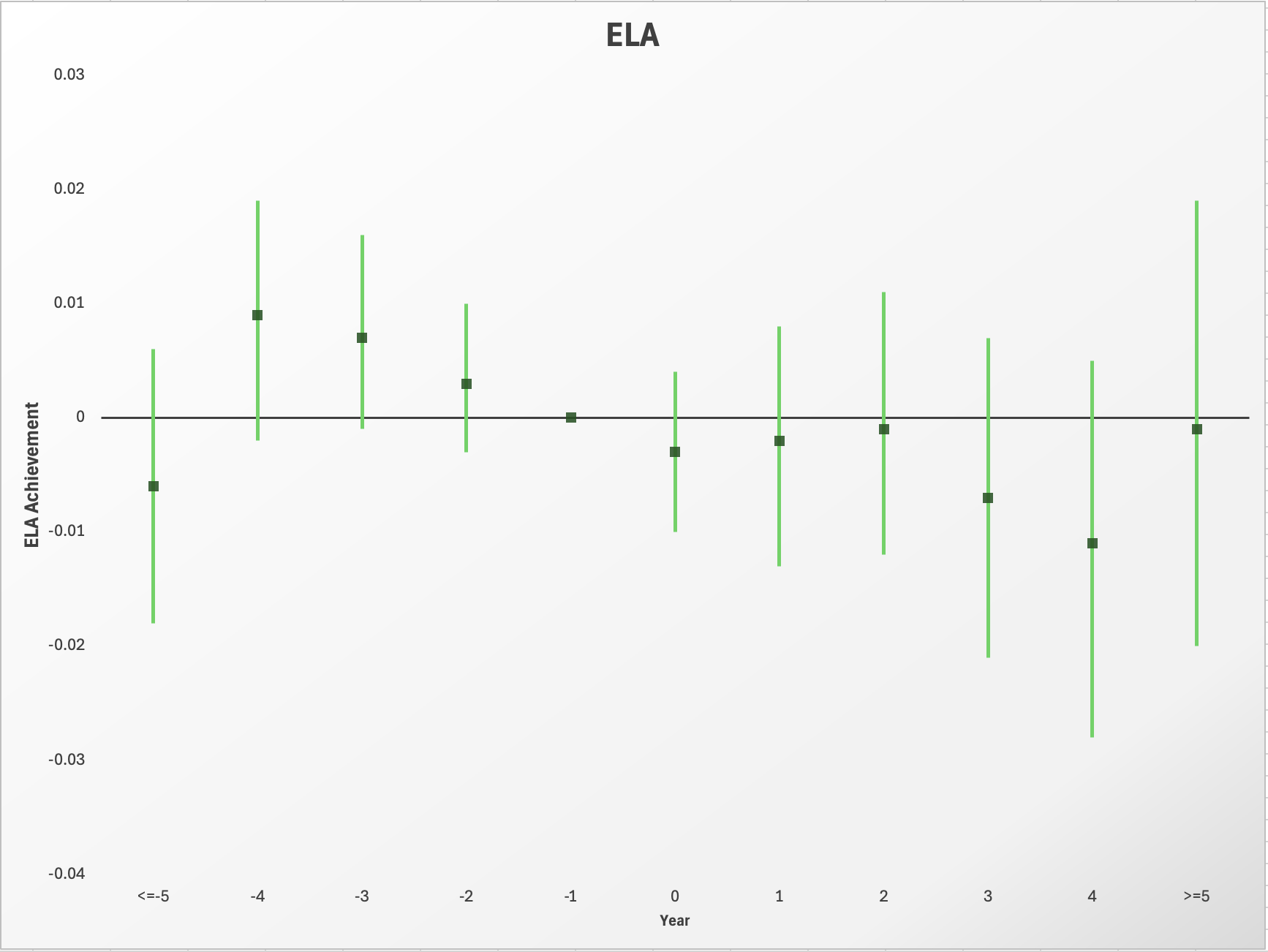
Note: Figure shows average achievement (and 95 percent confidence intervals) relative to one year prior to a local controversy. Data compiled from the SEDA and Cato Institute.
Source: Author’s calculations.
Dysfunction and District Governance
How might political conflict interfere with student learning? Another rural Pennsylvania school district that became the national face of LGBT-related drama helps illustrate some of the potential mechanisms.
In June 2023, PBS Newshour ran a segment titled “School boards become battlegrounds for nation’s divisions.” It featured a district called Penncrest, where local divisions over the school board’s decisions to ban sexually explicit books from the school libraries, along with a requirement that transgender athletes participate in sports teams that match their biological sex, brought it notoriety.
The segment quoted Penncrest school board member Jeff Brooks, a military veteran and life-long Republican who had opposed both policies. “The biggest effect that [the controversy] had is that it has taken time away from our administration being able to focus on the classroom,” Brooks said.
When I spoke with Brooks a few weeks later, he walked me through some specific examples of how new policies—and the conflict surrounding their adoption—had negatively affected the district’s students. “Every minute that we’re spending on something outside of the classroom is time that we could be spending on a curriculum, on teacher development, on classroom observations, on improving literacy skills,” he explained. “Back in old times, when I went to college, one of the things that stuck from one of my economics classes was opportunity cost.”
For example, to implement the district’s new book policy, six building principals, three assistant principals, and three librarians had to spend two weeks going through every book in the district’s libraries—time they could’ve directed to something else.
And Brooks said the latest controversy was just a continuation of other drama. Penncrest was once rated in the top 10 percent of the state for achievement but had dropped precipitously because of budget cuts, poor administration, and political dysfunction on the board. “Mostly it was just the lack of focus on education, the focus being on every other thing,” he explained. “We’ve been manufacturing different nonsense drama for a while. . . . With a school board like ours, you can’t tell from month to month what the next controversy is going to be.”
EdNext in your inbox
Sign up for the EdNext Weekly newsletter, and stay up to date with the Daily Digest, delivered straight to your inbox.
And the dysfunction had other consequences. When the district last tried to fill its superintendent position, only two qualified candidates applied because of the district’s reputation. Each of the applicants had their own baggage from prior districts. Uncertain about how long he would have the job, the district’s prior superintendent didn’t even bother moving in and instead lived out of a hotel.
Brooks had decided not to run for reelection himself. He was tired of being called a “groomer” for speaking out on behalf of LGBT students. As a public official, he did not feel like he could respond with the decorum and restraint an elected office required.
The Penncrest example is illuminating. It has all the pieces—misguided priorities, misallocation of staff and financial scarce resources, administrative instability, negative impact on recruitment, school board member turnover—that may help explain why adult political conflicts filter down to the classroom and negatively impact students.
A “Ferguson Effect” in Education?
Of course, culture wars spilling into the schools is hardly a new phenomenon. And although it is often easier to recognize the harms of such conflicts when they are instigated by our political opponents—and to rationalize or justify the actions of our allies—such conflicts are equally likely to come from both sides of the ideological spectrum.
In California, for example, Democratic politicians enacted a new “ethnic studies” high school graduation requirement, despite criticism that such courses often push fringy and divisive ideas about questioning “official history” and equate reasonable policy disagreements with “white supremacy.”
Meanwhile, in Oklahoma, recently adopted social studies standards requiring students to be taught debunked conspiracy theories about the 2020 presidential election.
The challenge is that activists who take the lead on such battles often have good intentions. They seek only to make the world a better, more just place (as they see it) or to win support for policies they believe will benefit students. But well-meaning activism from one side often generates equally well-meaning activism from the other. To stand by and do nothing as your political enemies appear to hijack the school system to push their political agenda makes as much sense as unilateral disarmament in an arms race.
Perhaps it might be easier for both sides to deescalate their rhetoric if they more fully recognized and internalized the disruptive impacts of their efforts on student learning. In criminal justice, for example, it is now widely recognized that reform efforts designed to improve policing and reduce racial disparities can totally backfire, only making things worse. This phenomenon has become known as the “Ferguson effect,” after the St. Louis suburb that first brought national attention to the Black Lives Matter movement. Widespread protests there were followed by a decline in the effort and effectiveness of law enforcement and a sharp increase in crime. The results of my analysis suggest that there may also be a Ferguson effect in education, with student learning paying the price for adult political drama.
Adapted from No Adult Left Behind: How Politics Hijacks Education Policy and Hurts Kids by Vladimir Kogan. Copyright © 2025 by Vladimir Kogan. Published by Cambridge University Press. Reprinted with permission.
Vladimir Kogan is a professor of political science at the Ohio State University.
Suggested citation format:
Kogan, V. (2025). “How Adult Culture Wars Affect Student Learning: When schools are battlefields in political controversies, children are the casualties.” Education Next, 25(4), 21 August 2025.


